小学英语复习重点知识总结,为初中做好准备全靠他!
英语是一门靠积累形成的学科,对于学习英语,要注重基础知识,倘若在英语的学习过程中,你能够将英语的基础掌握的很到位,以后学习英语就会很多。同样的道理,英语没有打好基础,会是以后的学习更加的困难。下面是伊顿教育小编为你整理的关于小学英语复习的重点知识总结。
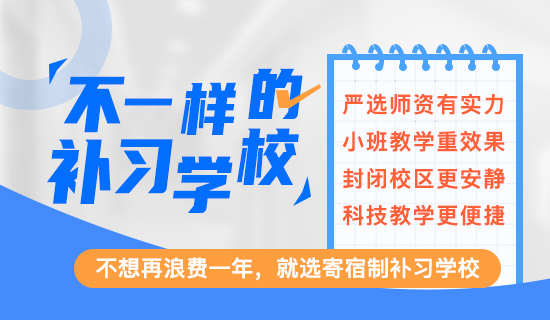
基础知识点汇总
一、学生易错词汇
1. a, an的选择: 元音字母开头的单词用an,辅音字母开头的单词用a.
2. am , is , are的选择: 单数用is , 复数用are. I 用 am , you 用 are.
3. have , has 的选择: 表示某人有某物.单数用has , 复数用have. I ,you 用 have .
4. there is, there are 的选择:表示某地有某物,某人.单数用there is , 复数用there are.
5. some, any 的选择:肯定句用some, 疑问句和否定句用any.
6. 疑问词的选择:what (什么) who (谁) where (哪里) whose (谁的) why(为什么)when(什么时候)which(哪一个)how old (多大) how many (多少)how much(多少钱)
#p#副标题#e#
二、形容词比较级详解
当我们需要对事物作出比较时,需要用到比较级.比较级的句子结构通常是:
什么 + 动词be (am , is , are ) + 形容词比较级 + than(比)+ 什么 ,如:
I'm taller and heavier than you. (我比你更高和更重.)
An elephant is bigger than a tiger. (一只大象比一只老虎更大.)
形容词的比较级是在形容词的基础上变化而来的,它的变化规则是:
① 一般的直接在词尾加er ,如 tall - taller , strong - stronger ,
② 以e结尾的,直接加r ,如 fine – finer ,
③ 以辅音字母加y结尾的,先改y为i再加er,如funny - funnier
④ 双写较后的字母再加er,如big – bigger, thin – thinner ,hot – hotter
☆注意☆ 比较的两者应该是互相对应的可比较的东西.
典型错误:My hair is longer than you.(我的头发比你更长.)
比较的两者是我的头发,你(整个人),那么比较的对象就没有可比性.
应该改为:My hair is longer than yours. 或My hair is longer than your hair.
比较级专项练习: 一,从方框中选出合适的单词完成句子 heavy tall long big
(1) How is the Yellow River
(2) How is Mr Green He's 175cm.
(3) How are your feet I wear size 18.
(4)How is the fish It's 2kg.

三、动词过去式详解
动词的过去式的构成规则有:
A,规则动词
① 一般直接在动词的后面加ed:如 worked , learned , cleaned , visited
② 以e结尾的动词直接加d:如 lived , danced , used
③ 以辅音字母加y结尾的动词要改y为i再加ed(此类动词较少)如 study – studied carry – carried worry – worried (注意play,stay不是辅音字母加y,所以不属于此类)
④ 双写较后一个字母(此类动词较少)如 stopped
B,不规则动词(此类词并无规则,须熟记)小学阶段要记住以下动词的原形和过去式:sing – sang , eat – ate , see – saw , have – had , do – did , go - went , take - took , buy - bought , get - got , read - read ,fly - flew , am/is - was ,
are - were , say - said , leave - left , swim - swam , tell - told , draw - drew , come - came , lose - lost , find - found , drink - drank , hurt - hurt , feel – felt
四、动词现在分词详解 动词的ing形式的构成规则:
① 一般的直接在后面加上ing , 如doing , going , working , singing , eating
② 以e 结尾的动词,要先去e再加ing ,如having , writing
③ 双写较后一个字母的(此类动词极少)有:running , swimming , sitting , getting
五、人称代词与物主代词
(一)人称代词
人称 单数 复数
主格 宾格 主格 宾格
第一人称 I me we us
第二人称 you you you you
第三人称 he him they them
she her
it it
(二)物主代词
数
人称
类别 单数 复数
形容词性物主代词 my your his her its our your their
名词性物主代词 mine yours his hers its ours yours theirs
汉语 我的 你的 他的 她的 它的 我们的 你们的 他(她、它)们的
#p#副标题#e#

六、句型专项归类
1.肯定句:是指用肯定的语气来陈述的句子,如:I'm a student. She is a doctor. He works in a hospital.
There are four fans in our classroom. He will eat lunch at 12:00. I watched TV yesterday evening.
2,否定句:含有否定词或表示否定意义词的句子,如:I'm not a student. She is not (isn't) a doctor.
He does not (doesn't) work in a hospital. There are not (aren't) four fans in our classroom. He will not (won't) eat lunch at 12:00. I did not (didn't) watch TV yesterday evening.
☆注意☆ 小结:否定句主要是在肯定句的基础上加上了否定词 "not".有动词be的句子则"not"加在be后面,可缩写成"isn't,aren't",但am not 一般都分开写.没有动词be的句子则要先在主要动词的前面加上一个助动词(do,does,did),然后在它后面加上"not",你也可以把它们缩写在一起如"don't , doesn't , didn't ).这三个助动词要根据人称和时态来选择,其中"does"
只用于一般现在时主语是第三人称单数的情况,而"did"只用于一般过去时,不论主语是什么人称和数,都用"did" .
3,一般疑问句:是指询问事实的句子,此类句子需要用"yes",或"no"来回答.
如:Are you a student Yes, I am / No, I'm not.
Is she a doctor Yes, she is. / No, she isn't.
Does he work in a hospital Yes, he does. / No, he doesn't.
Are there four fans in our classroom Yes, there are. / No, there aren't.
Are you going to buy a comic book tonight Yes, I am. / No, I am not. (Yes, we are. / No, we aren't.)
Will he eat lunch at 12:00 Yes, I will. / No, I will not(won't).
Are they swimming Yes, they are. / No, they aren't.
Did you watch TV yesterday evening Yes, I did. / No, I didn't.
☆注意☆ 小结:一般疑问句是在肯定句的基础上,
①把动词be调到首位,其他照写,末尾标点符号变成问号即可.
②没有动词be的句子则要在句首加上一个助动词(do,does,did)再把紧跟在后面的动词变回原形,末尾标点符号变成问号即可.
这三个助动词也要根据人称和时态来选择,其中"does"只用于一般现在时主语是第三人称单数的情况,而"did"只用于一般过去时,不论主语是什么人称和数,都用"did" .一般疑问句有个重要的原则就是问和答要一致,即问句里的第一个单词(助动词)和简略答句里的这个词是一致的.
4,特殊疑问句:以特殊疑问词(what , where , who , which , when , whose , why , how等)开头引导的句子.此类句子应该问什么就答什么,不能用"yes ,no"来回答.如:
What is this It's a computer.
What does he do He's a doctor.
Where are you going I'm going to Beijing.
Who played football with you yesterday afternoon Mike.
Which season do you like best Summer.
When do you usually get up I usually get up at 6:30.
Whose skirt is this It's Amy's.
Why do you like spring best Because I can plant trees.
How are you I'm fine. / I'm happy.
How did you go to Xinjiang I went to Xinjiang by train.
☆其中how又可以和其他一些形容词连用组成特殊疑问词组用来提问,如: how many(多少(数量)), how much(多少(钱)), how tall(多高), how long(多长), how big(多大), how heavy(多重)
例句:How many pencils do you have I have three pencils.
How many girls can you see I can see four girls.
How many desks are there in your classroom There are 51.
☆小结:how many 用来提问可数名词的数量,主要有以上三种句式搭配,
How many + 名词复数 + do you have 你有多少……
How many + 名词复数 + can you see 你能看见多少……
How many + 名词复数 + are there… 有多少……
#p#副标题#e#
七、完全,缩略形式:
I'm=I am he's=he is she's=she is they're=they are you're=you are there's=there is they're=they are can't=can not don't=do not doesn't=does not isn't=is not aren't=are not let's=let us won't=will not I'll=I will wasn't=was not
总结:通常情况下,'m即am,'s即is(但 let's=let us), 're即are ,n't即not (但can't=can not)
八、小学英语词汇不完全归类表
学习用品(school things):pen钢笔pencil铅笔 pencil-case铅笔盒 ruler尺子 book书 bag包 comic book漫画书 post card明信片 newspaper报纸 schoolbag书包 eraser橡皮 crayon蜡笔 sharpener卷笔刀 story-book故事书 notebook笔记本 Chinese book语文书 English book英语书 math book数学书 magazine杂志 dictionary词典
人体(body):foot脚 head头 face脸 hair头发 nose鼻子 mouth嘴 eye眼睛 ear耳朵 arm手臂 hand手 finger手指 leg腿 tail尾巴
颜色(colours):red红 blue蓝 yellow黄 green绿 white白 black黑 pink粉红 purple紫orange橙brown棕
动物(animals):cat猫 dog狗 pig猪 duck鸭 rabbit兔 horse马 elephant大象 ant蚂蚁 fish鱼 bird鸟 eagle鹰 beaver海狸 snake蛇 mouse老鼠 squirrel松鼠 kangaroo袋鼠 monkey猴 panda熊猫 bear熊 lion狮子 tiger老虎 fox狐狸 zebra斑马 deer鹿 giraffe长颈鹿 goose鹅 hen母鸡 turkey火鸡 lamb小羊 sheep绵羊 goat山羊 cow奶牛 donkey驴 squid鱿鱼 lobster龙虾 shark鲨鱼seal海豹sperm whale抹香鲸killer whale虎鲸
人物(people):friend朋友 boy男孩 girl女孩 mother母亲 father父亲 sister姐妹 brother兄弟 uncle叔叔;舅舅 man男人 woman女人 Mr.先生 Miss小姐 lady女士;小姐 mom妈妈 dad爸爸 parents父母 grandparents祖父母 grandma/grandmother(外)祖母 grandpa/grandfather(外)祖父 aunt姑姑 cousin堂(表)兄弟;堂(表)姐妹 son儿子 daughter女儿 baby婴儿 kid小孩 classmate同学 queen女王 visitor参观者 neighbour邻居 principal校长 university student大学生 pen pal笔友 tourist旅行者 people人物 robot机器人
职业(jobs):teacher教师 student学生 doctor医生 nurse护士 driver司机 farmer农民 singer歌唱家 writer作家 actor男演员 actress女演员 artist画家 TV reporter电视台记者 engineer工程师 accountant会计 policeman(男)警察 salesperson销售员 cleaner清洁工 baseball player棒球运动员 assistant售货员 police警察
食品,饮料(food & drink):rice米饭 bread面包 beef牛肉 milk牛奶 water水 egg蛋 fish鱼 tofu豆腐 cake蛋糕 hot dog热狗 hamburger汉堡包 French fries炸薯条 cookie曲奇 biscuit饼干 jam果酱 noodles面条 meat肉 chicken鸡肉 pork猪肉 mutton羊肉 vegetable蔬菜 salad沙拉 soup汤 ice冰 ice-cream冰淇淋 Coke可乐 juice果汁 tea茶
coffee咖啡 breakfast早餐 lunch午餐 dinner/supper晚餐 meal一餐
水果,蔬菜(fruit & vegetables):apple苹果 banana香蕉 pear梨 orange橙 watermelon西瓜 grape葡萄 eggplant茄子 green beans青豆 tomato西红柿 potato土豆 peach桃 strawberry草莓 cucumber黄瓜 onion洋葱 carrot胡萝卜 cabbage卷心菜
衣服(clothes):jacket夹克衫 shirt衬衫 T-shirt丅恤衫 skirt短裙子 dress连衣裙 jeans牛仔裤 pants长裤 socks袜子 shoes鞋子 sweater毛衣 coat上衣 raincoat雨衣 shorts短裤 sneakers网球鞋 slippers拖鞋 sandals凉鞋 boots靴子 hat(有沿的)帽子 cap便帽 sunglasses太阳镜 tie领带scarf围巾gloves手套trousers裤子cloth布
交通工具(vehicles):bike自行车 bus公共汽车 train火车 boat小船 ship轮船 yacht快艇 car小汽车 taxi出租车 jeep吉普车 van小货车;面包车 plane/airplane飞机 subway/underground地铁 motor cycle摩托车
杂物(other things): window窗户 door门 desk课桌 chair椅子 bed床 computer计算机 board写字板 fan风扇 light灯 teacher's desk讲台 picture图画;照片 wall墙壁 floor地板 curtain窗帘 trash bin垃圾箱 closet壁橱 mirror镜子 end table床头柜 football/soccer足球 present礼物 walkman随身听 lamp台灯 phone电话 sofa沙发 shelf书架 fridge冰箱 table桌子 TV电视 air-conditioner空调 key钥匙 lock锁 photo照片 chart图表 plate盘子 knife刀 fork叉 spoon勺子 chopsticks筷子 pot锅 gift礼物 toy玩具 doll洋娃娃 ball球 balloon气球 kite风筝 jigsaw puzzle拼图游戏 box盒子 umbrella伞 zipper拉链 violin小提琴 yo-yo溜溜球 nest鸟窝 hole洞 tube管子 toothbrush牙刷 menu菜单 e-card电子卡片 e-mail电子邮件 traffic light交通灯 money钱 medicine药
地点(locations):home家 room房间 bedroom卧室 bathroom卫生间 living room起居室 kitchen厨房 classroom教室 school学校 park公园 library图书馆 post office邮局 police office警察局 hospital医院 cinema电影院 bookstore书店 farm农场 zoo动物园 garden花园 study书房 playground操场 canteen食堂 teacher's office教师办公室 library图书馆 gym体育馆 washroom卫生间 art room绘画教室 computer room计算机教室 music room音乐教室 TV room电视机房 flat公寓 company公司 factory工厂 fruit stand水果摊 pet shop宠物商店 nature park自然公园 theme park主题公园 science museum科学博物馆 the Great Wall长城 supermarket市 bank银行 country village乡村 city城市 hometown家乡 bus stop公交车站
课程(classes): sports体育运动 science科学 Moral Education思想品德课 Social Studies社会课 Chinese语文 math数学 PE体育课 English英语课
,城市(countries & cities): China/PRC中国 America/USA美国 UK联合王国 England英国 Canada/CAN加拿大 Australia澳大利亚 New York纽约 London伦敦 Sydney悉尼 Moscow莫斯科 Cairo开罗
气象(weather): cold寒冷的 warm温暖的 cool凉爽的 snowy下雪的 sunny晴朗的 hot炎热的 rainy下雨的 windy有风的 cloudy多云的 weather report天气预报
语法知识点汇总
一、名词复数的规则变化
名词复数的规则变化
构 成 法
A.在一般情况下,词尾加-s
book -- books bed -- beds bus -- buses
B.以s,x,ch,sh结尾的词,词尾加-es
box -- boxes dish -- dishes watch -- watches
C.以f或fe结尾的词,先将f或fe改成v,再加knife -- knives -es
wife -- wives D.以o结尾的单词,有生命的物质加-es,无生tomato -- tomatoes 命的物质加-s
photo -- photos E.以辅音字母加y结尾,先y将改i,再加上-es
family -- families city -- cities
#p#副标题#e#
二、现在进行时构成
现在进行时构成(ing形式)
构 成 法
A.一般加-ing
work -- working study -- studying B.以e结尾的词去e后加-ing
live -- living write -- writing C.动词为单音节:以单一元音字母+单一辅音字stop -- stopping 母结尾,辅音字母双写,再加ing;动词为双音run -- running 节或者多音节:较后一个音节为重读音节,以单
swim -- swimming
一元音字母+单一辅音字母结尾,辅音字母双写,begin -- beginning 再加 ing
三、一般现在时
一般现在时(单三形式)
构 成 法 例 词
例 词
例 词
A.一般动词在词尾加-s
help -- helps make -- makes fix -- fixes
B.以s, x , ch,sh,结尾的动词在词尾加-es teach -- teaches wash -- washes
C.以o结尾的动词在词尾加-es
go -- goes do -- does fly -- flies study -- studies carry -- carries
D.以辅音字母加y结尾的动词,先y变为i,再加-es E.不规则变化
have -- has
四、一般过去时
一般过去时(-ed形式)
构 成 法
A.一般动词在词尾加-ed B.以e结尾的动词在词尾加-d
C.以辅音字母加y结尾的动词,先y变为i,再加-ed
D.末尾只有一个辅音字母的重读闭音节词,双写该辅音字母加-ed E.不规则变化
cook -- cooked play -- played live -- lived fly -- flied study -- studied stop -- stopped plan -- planned swim -- swam have -- had am -- was
F. be动词变化
is -- was are -- were
五、形容词比较级
形容词比较级(er形式)
构 成 法
A.一般直接加-er
B.如果以-e结尾,直接加-r
C.闭音节词如末尾只有一个辅音字母须双写这个字母,再加-er
D.以辅音字母加-y结尾的词,变y为i,再加-er
long -- longer nice -- nicer big -- bigger
例 词
heavy -- heavier
#p#副标题#e#
句型汇总
一、一般疑问句
1. --- Did you read books?你读书了吗?
--- Yes, I did.是的,我读过了。/ No, I didn't.不,我没有读过。
2. --- Is she quiet?她文静吗?
--- No, she isn't. She's very active.不,她不。她很活跃。 --- Is she strict?她严格吗?
--- Yes, she is, but she's very kind.是的,她是,但是她很和蔼。
3. --- Is this a teacher's desk?这是一张讲台桌吗?/ Is it cold?冷吗?/ Is her birthday in June?她的生日在六月吗?/ Is this your T-shirt?这是你的T恤衫吗? --- Yes, it is.是的。/ No, it isn't. (No, it's not.)不,不是的。
二、谈论时间
1. --- What time is it?几点钟?
--- It's two o'clock.两点钟。/ It's 9: 45. It's time for math class.九点四十五。是上数学课的时间了。
2. --- What day is it today?今天星期几? --- It's Wednesday.星期三。
3. --- When do you eat dinner?你几点吃晚餐?
--- I eat dinner at 7: 00 in the evening.我晚上7点钟吃晚餐。
三、谈论颜色
1. --- What colour is it?什么颜色? --- It's white.白色。
四、谈论地点
1. --- Where are you going this afternoon?下午你打算去哪? --- I'm going to the bookstore.我打算去书店。
2. --- Where did you go on your holiday?假期你去了哪? --- I went to Xinjiang.我去了新疆。
3. --- Where does she work?她在哪工作? --- She works in a hospital.她在医院工作。
五、谈论价格
1. --- How much is it?这个多少钱? --- It's ten yuan.十元。
2. --- How much are they?它们多少钱? --- They're three yuan.它们三元。
六、谈论数量
1. --- How many horses are there?那有多少匹马? --- Twelve.十二匹。
七、谈论人物
1. --- Who's your English teacher?你的英语老师是谁? --- Mr Carter.卡特先生。
2. --- What's he like?他长什么样? --- He's tall and strong.他又高又强壮。
3. How old are you?你几岁?
八、谈论喜好
1. --- What's your favourite fruit?你较喜欢的水果是什么?
--- I like apples. They're sweet. 我喜欢苹果。它们很甜。/ I like fruit. But I don't like grapes. They're sour.我喜欢水果。但我不喜欢葡萄。它们很酸。
2. --- Which season do you like best?你较喜欢哪个季节?
--- I like winter best.我较喜欢冬天。/ Summer is good, but fall is my favourite season. 夏天
th
很好,但秋天是我较喜欢的季节。
3. --- Why do you like summer?你为什么喜欢夏天?
--- Because I can swim in the lake.因为我可以在湖里游泳。 --- Why do you like winter?你为什么喜欢冬天?
--- Because I can sleep a long time.因为我可以睡很长的时间。
九、谈论事情
1. This is my computer.这是我的电脑。 That is your computer.那是你的电脑。
2. Let's play football.让我们踢足球吧。
3. This is Zhang Peng.这是张鹏。
十、谈论方式
1. --- How do you go to school, Sarah?萨拉,你怎么去学校?
--- Usually I go to school on foot.一般我走路去学校。/ Sometimes I go by bike.有时候我骑自行车。
2. --- How can I get to Zhongshan Park?我怎么去中山公园?
--- You can go by the No. 15 bus.你可以坐15路公共汽车。
3. --- How did you go there?你怎么去那?
--- I went by train.我坐火车去。
十一、谈论心情,身体状况
1. How are you, Liu Yun? 刘云,你怎么样?You look so happy.你看起来很开心。
2. How are you, Sarah?萨拉,你怎么样?You look sad today.今天你看起来很伤心。
3. --- What's the matter?怎么了?
--- My throat is sore. My nose hurts.我的喉咙痛。我的鼻子痛。
十二、谈论体重、身高
1. --- How heavy are you?你多少重?
--- I'm 48 kg.我48公斤。
--- I'm thinner than you, and shorter.我比你瘦和矮。
2. --- How tall are you?你多高?
--- I'm 164 cm tall.我164厘米高。
--- You're shorter than me.你比我矮。/ You're 4 cm taller than me.你比我高四厘米。
十三、谈论职业
1. --- What does your mother do?你妈妈做什么的?
--- She is a TV reporter.她是一个电视台记者。
十四、谈论天气
It's warm today.今天很暖和。
#p#副标题#e#
动词词汇汇总
(按字母顺序排列)
answer the phone接电话 become变成 buy购买 catch butterflies捉蝴蝶 clean the bedroom打扫卧室 go to school上学 go to the cinema去看电影 go to work上班 go去 have a look看一看 read a magazine阅读杂志 read books看书 read读,看 remember记住 ride a bike骑自行车 clean the room打扫房间 clean打扫,清洁 climb mountains爬山 climb往上爬 collect leaves收集树叶 collect stamps收集邮票 come from来自,从……来 come out露出,出现 come来 cook dinner做饭 cook the meals做饭count insects数昆虫 dive跳 do an experiment做实验 do homework做作业do housework做家务 do morning exercises晨练 do the dishes洗碗碟draw pictures画画 drink喝水 drive驾驶 eat breakfast吃早饭 eat dinner吃晚饭eat吃 empty the trash倒垃圾 enjoy从……获得乐趣 fall落下,跌落 feel感觉到fight打架 find寻找 fly kites放风筝 fly飞 get off下车 get to到达 get up起床go hiking去远足 go home回家 go shopping购物 go to bed上床睡觉 have a picnic举行野餐 run跑 have art class上美术课 say说,讲 have breakfast吃早餐 see看见 have Chinese class上语文课 send寄,发送 have dinner吃晚饭 set the table摆餐具 have English class上英语课 show展示 have lunch吃午餐 skate滑冰 have math class上数学课 sleep睡觉 have music class上音乐课 speak说话,讲话 have P.E. class上体育课 stop停 have science class上科学课 sweep the floor扫地 have吃 swim游泳 help帮助 swing荡秋千 jump跳 take a trip去旅行 know知道 take pictures照相 leave离开 take乘坐 like喜欢 teach教 listen to music听音乐 tell告诉,说 live居住 think想,思考 look at看…… try尝试,试一下 look for寻找 use a computer使用计算机 love爱,热爱 use使用 make a snowman堆雪人 visit grandparents看望(外)祖父make kites制作风筝 母 make the bed铺床 wait等 meet遇到,碰见 wake up醒,醒来 open打开 walk走 pick up leaves采摘树叶 wash the clothes洗衣服 plant trees种树 wash the windows擦窗户 play chess下起 watch insects观察昆虫 play football踢足球 watch TV看电视 play ping-pong打乒乓球 watch看 play sports进行体育活动 water the flowers浇花 play the piano弹钢琴 welcome欢迎 play the violin拉小提琴 work工作 play with ……玩…… write a letter写信 put away the clothes收拾衣服 write a report写报告 rain下雨 write an e-mail写电子邮件 read a book看书
- 热门课程
- 热门资讯
- 热门资料
- 热门福利
-
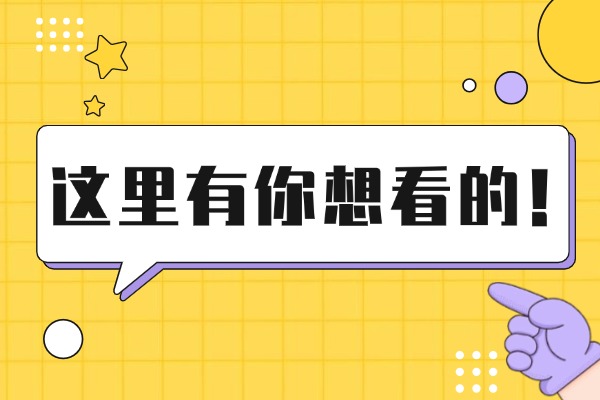 西安秦学伊顿补习学校的三大教学优势 初中部教学质量怎么样?想要找一个优质的高考培训机构,需要考虑的综合因素还是非常多的,不仅仅是要看他们师资力量、教学优势、质量,还要考察是不是真的适合学生的学习情况等等,但是想要以上几点都合适的话,对于学生来说选择相对来说还是比较困难的,毕竟每个学生的学习需求都是不大一样的,西安秦学伊顿补习学校也成为了很多家长学生的首
西安秦学伊顿补习学校的三大教学优势 初中部教学质量怎么样?想要找一个优质的高考培训机构,需要考虑的综合因素还是非常多的,不仅仅是要看他们师资力量、教学优势、质量,还要考察是不是真的适合学生的学习情况等等,但是想要以上几点都合适的话,对于学生来说选择相对来说还是比较困难的,毕竟每个学生的学习需求都是不大一样的,西安秦学伊顿补习学校也成为了很多家长学生的首 -
 “程门立雪”的意思是什么呢?成语故事的来源是什么?“程门立雪”的意思是旧指学生恭敬受教。比喻尊师。那么,对于它的出处来源,大家了解多少呢?下面就一起来跟小编来一起仔细了解一下这个四字成语吧! 一、“程门立雪”的意思是什么呢? 拼音:chéng mén lì xuě 解释:旧指学生恭敬受教。比喻尊师。 出处:《宋史 道学传二 杨时》:一日
“程门立雪”的意思是什么呢?成语故事的来源是什么?“程门立雪”的意思是旧指学生恭敬受教。比喻尊师。那么,对于它的出处来源,大家了解多少呢?下面就一起来跟小编来一起仔细了解一下这个四字成语吧! 一、“程门立雪”的意思是什么呢? 拼音:chéng mén lì xuě 解释:旧指学生恭敬受教。比喻尊师。 出处:《宋史 道学传二 杨时》:一日 -
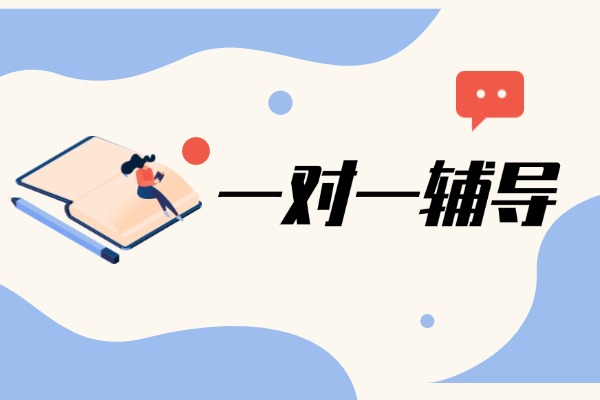 西安秦学伊顿一对一辅导怎么样?高三数学知识点汇总高三阶段,对于学生来说,提高成绩是重中之重,而西安秦学伊顿的一对一辅导也就成了许多学生和家长所关注的一个焦点,他们的个性化教学,师资团队等等,帮助了不少学生提升成绩,下面小编就给大家来简单介绍一下,西安秦学伊顿一对一辅导怎么样? 一、西安秦学伊顿一对一辅导怎么样? 西安秦学伊顿教育针对一对一
西安秦学伊顿一对一辅导怎么样?高三数学知识点汇总高三阶段,对于学生来说,提高成绩是重中之重,而西安秦学伊顿的一对一辅导也就成了许多学生和家长所关注的一个焦点,他们的个性化教学,师资团队等等,帮助了不少学生提升成绩,下面小编就给大家来简单介绍一下,西安秦学伊顿一对一辅导怎么样? 一、西安秦学伊顿一对一辅导怎么样? 西安秦学伊顿教育针对一对一 -
 “夜郎自大”的意思是什么呢?成语故事的来源是什么?“夜郎自大”比喻骄傲无知的肤浅自负或自大行为。那么,对于它的出处来源,大家了解多少呢?下面就一起来跟小编来一起仔细了解一下这个四字成语吧! 一、“夜郎自大”的意思是什么呢? 拼音:yè láng zì dà 解释:夜郎:汉代时期中国西南部的一个小国,今贵州桐梓一带。“夜郎自大”比喻骄傲无知
“夜郎自大”的意思是什么呢?成语故事的来源是什么?“夜郎自大”比喻骄傲无知的肤浅自负或自大行为。那么,对于它的出处来源,大家了解多少呢?下面就一起来跟小编来一起仔细了解一下这个四字成语吧! 一、“夜郎自大”的意思是什么呢? 拼音:yè láng zì dà 解释:夜郎:汉代时期中国西南部的一个小国,今贵州桐梓一带。“夜郎自大”比喻骄傲无知
-
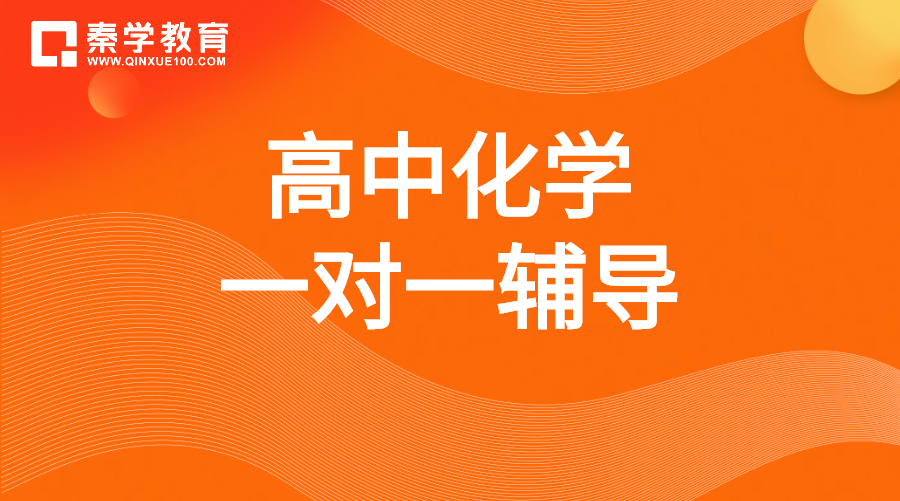 高中化学一对一辅导-氧化还原反应的强弱如何比较?【导语】高中化学的学习是一门以是实验依据为根据的学科,一定要去多观察实验结果,根据反应现象得出结论,今天小编整理的关于氧化还原反应的强弱比较,希望对学习化学的同学有所帮助! 氧化还原反应的强弱如何比较? 1、根据氧化还原反应方程式比较 氧化性:氧化剂>氧化产物 还原性:还原剂>
高中化学一对一辅导-氧化还原反应的强弱如何比较?【导语】高中化学的学习是一门以是实验依据为根据的学科,一定要去多观察实验结果,根据反应现象得出结论,今天小编整理的关于氧化还原反应的强弱比较,希望对学习化学的同学有所帮助! 氧化还原反应的强弱如何比较? 1、根据氧化还原反应方程式比较 氧化性:氧化剂>氧化产物 还原性:还原剂> -
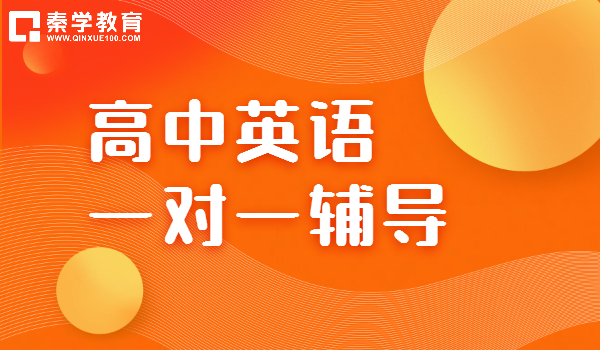 西安高中英语一对一辅导之基本语法梳理【导语】距离2022年高考还有不到200天的时间,这个阶段的学习时间,需要老师、孩子、家长共同来规划,尤其是在3大主课方面。英语的学习在于基础语法的运用,小编整理了个关于高中6大词性、8大时态和3大从句的基础语法,希望可以帮助各位考生,下来我们一起来看看 词 法
西安高中英语一对一辅导之基本语法梳理【导语】距离2022年高考还有不到200天的时间,这个阶段的学习时间,需要老师、孩子、家长共同来规划,尤其是在3大主课方面。英语的学习在于基础语法的运用,小编整理了个关于高中6大词性、8大时态和3大从句的基础语法,希望可以帮助各位考生,下来我们一起来看看 词 法 -
 西安高中地理一对一辅导之与季节相关的地理现象【导语】高中文科生地理的学习不容小觑,地理作为一门选课来说,占据着独特的优势,尤其是针对文科生来说,地理的背诵、计算、理解、抽象更是让考生吃到了苦头。今天小编盘点了一些关于高中地理中和些季节相关的地理现象,一起来看下 与季节相关的地理现象有哪些? 一、地球运动 1、近日点在1月
西安高中地理一对一辅导之与季节相关的地理现象【导语】高中文科生地理的学习不容小觑,地理作为一门选课来说,占据着独特的优势,尤其是针对文科生来说,地理的背诵、计算、理解、抽象更是让考生吃到了苦头。今天小编盘点了一些关于高中地理中和些季节相关的地理现象,一起来看下 与季节相关的地理现象有哪些? 一、地球运动 1、近日点在1月 -
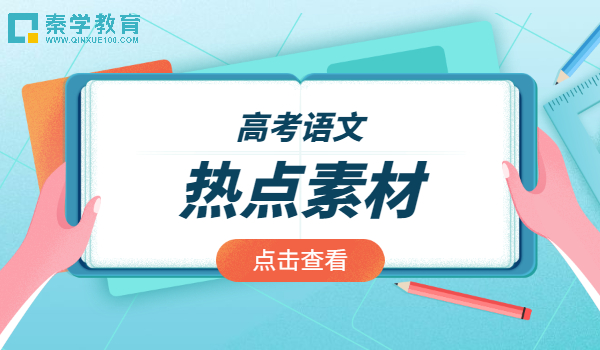 西安哪里有高中语文辅导班-高考语文补写句子解题思路【导语】随着高考改革,高考语文重点考查的是学生的阅读能力,通过阅读来提升语文的写作以及理解是新高考下语文的重点,丰富孩子的知识的同时,提高课外阅读。那今天小编就分享一下关于高考语文当中的补习句子题型的解题思路 补写句子的5种常见类型有哪些? 1、填写总起句 总起句就是能领起或概
西安哪里有高中语文辅导班-高考语文补写句子解题思路【导语】随着高考改革,高考语文重点考查的是学生的阅读能力,通过阅读来提升语文的写作以及理解是新高考下语文的重点,丰富孩子的知识的同时,提高课外阅读。那今天小编就分享一下关于高考语文当中的补习句子题型的解题思路 补写句子的5种常见类型有哪些? 1、填写总起句 总起句就是能领起或概






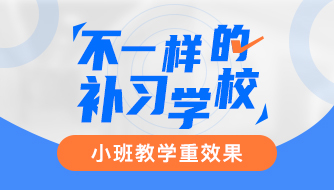

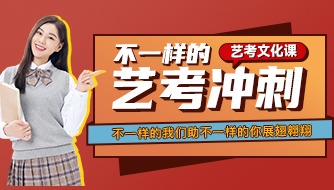

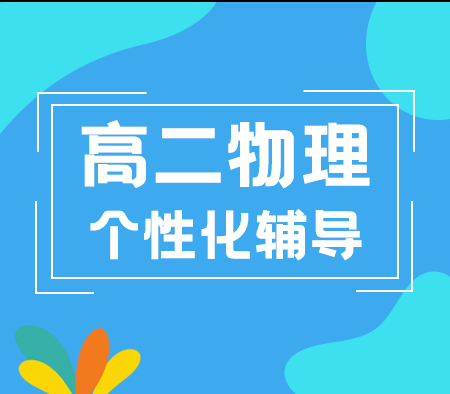
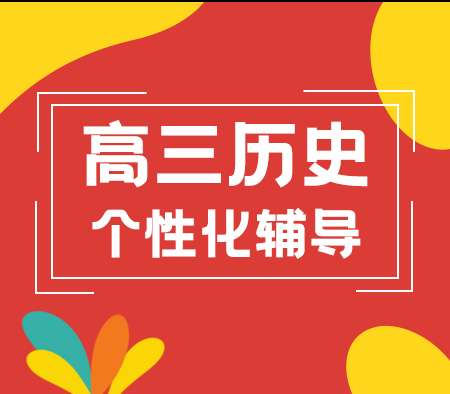

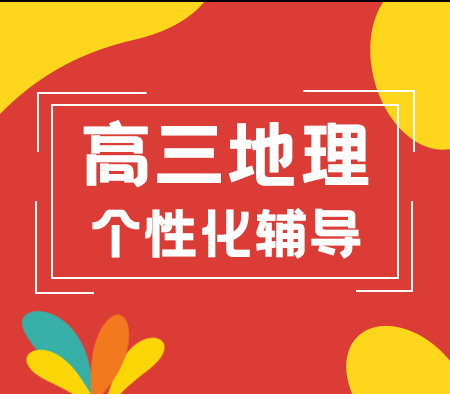
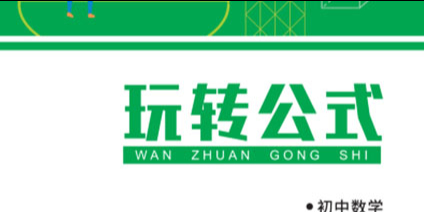
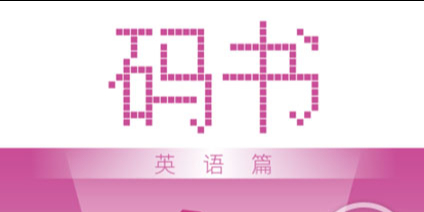
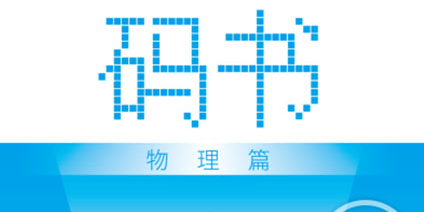

 All right reserved
All right reserved
